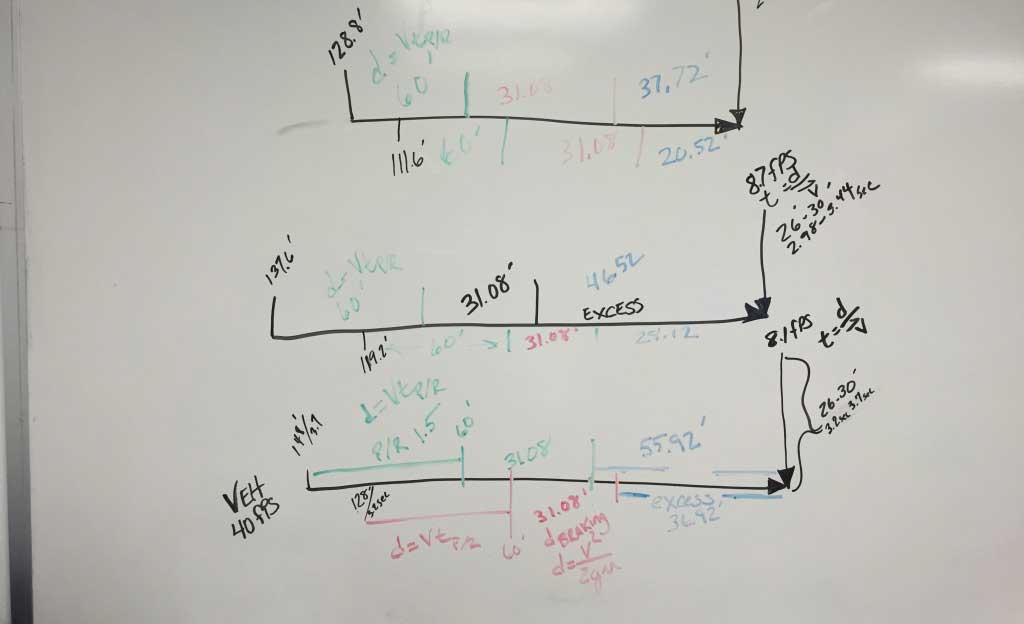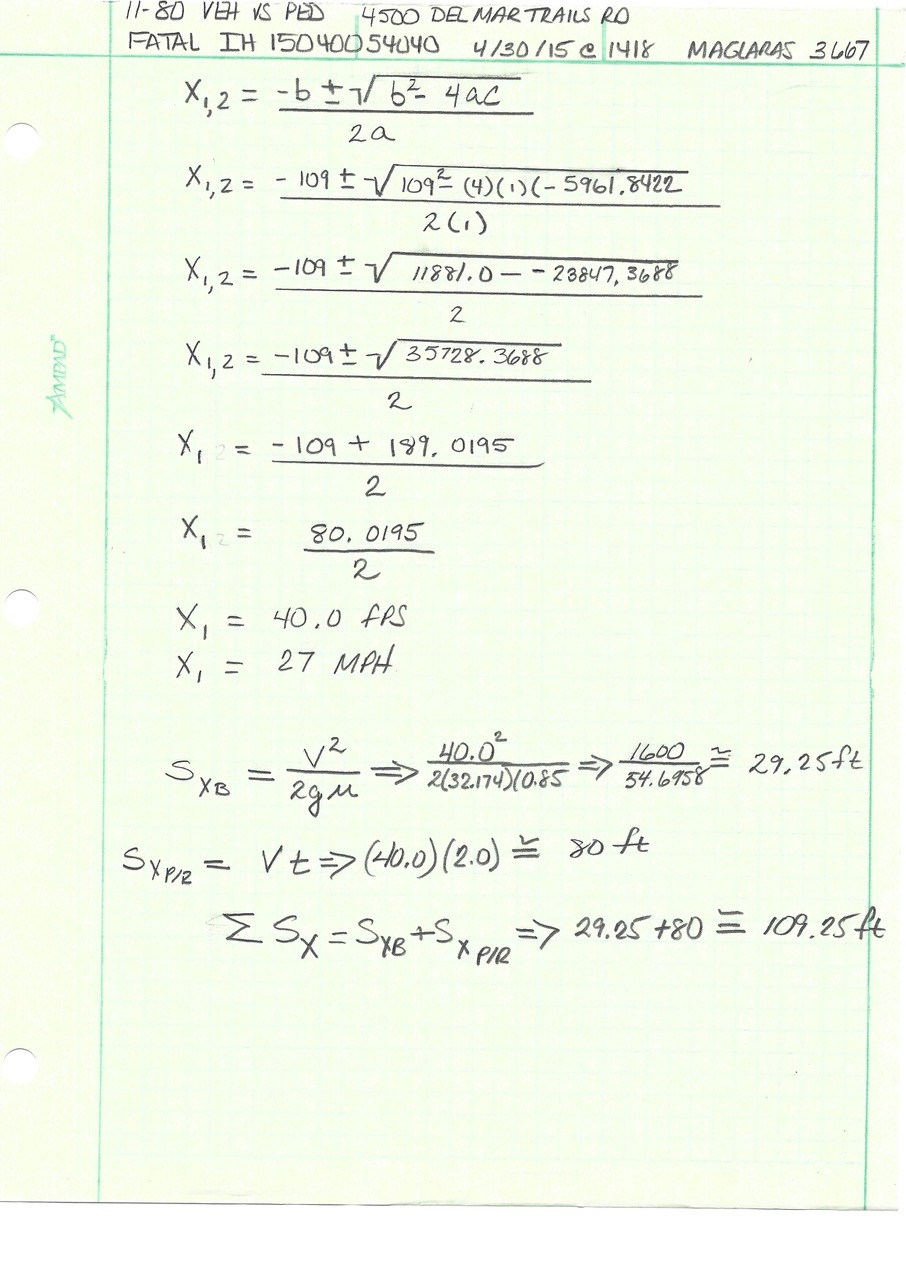Training
I provide on site training in the use of Cad Zone software. I provide training from the basic user to the most advanced user of Crash Zone / Crime Zone or Pocket Zone softwares. I also instruct advanced techniques in computer animations and Crash Zones Reconstruction Calculator. My training incorporates both field exercises and classroom instruction.
I also train in the use of LTI mapping equipment, which includes their most basic systems to their most advance system using the angle encoder. All their equipment is synced with their Quick Map 3D software that allows the user to forensically map a collision scene.


Preliminary Analysis
A Preliminary Analysis consists of a review of the materials provided by our staff collision analysts. The Traffic Collision Report is summarized and any available photographs are analyzed. Diagrams of vehicle damage are prepared and preliminary calculations of vehicle speed and paths are determined. This analysis results in initial findings that are communicated to the client along with any additional work items that are necessary to proceed with the Analytical Reconstruction.
Forensic Mapping
A mapping crew utilizes an electronic distance measurement (or EDM) device to take accurate measurements of the roadway and overall scene of the accident. Any remaining physical evidence, such as skid marks or gouges are identified and can be used to determine placement of the vehicles involved. If necessary, additional three-dimensional data may be collected for the purpose of illustrating three-dimensional issues such as view obstructions, line of sight analysis or for use in a computer animation of the events of the accident.


Vehicle Documentation
This process can be done through the use of forensic mapping equipment (an EDM as previously defined) with which a detailed, accurate three-dimensional model is created by capturing points on the vehicle with a data collection device. Forensic mapping is particularly effective when there is extensive damage done to a vehicle, as it is a useful means by which to determine crush, which can correspond to vehicle speed. Alternately, the dimensions of a vehicle can be recorded through a series of hand measurements. Both processes involve photography in addition to the measurement procedure. The data collected by either of these processes is then used to define items such as center of gravity, front and rear overhang, track width as well as numerous other elements all of which define what the motion path of a particular vehicle would be in a collision. This information then becomes one of many key elements in performing an accident reconstruction. A simple to moderate vehicle documentation will take about four hours and requires a two-person crew. Heavily damaged vehicles will require additional time. Once the data has been collected, it is transferred from the data collection device to the computer system. These "points" of information are then refined and corrected if necessary and then transferred into a computer aided design (CAD) program in order to create a three-dimensional model of the vehicle. This model is uses in the analysis of the accident to determine the angle at which the vehicles came together and to align the vehicles with physical evidence collected at the scene.
